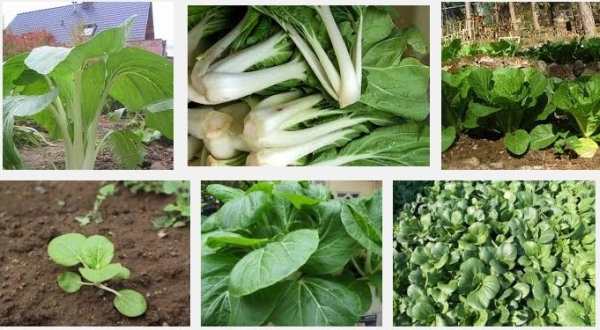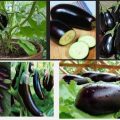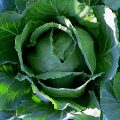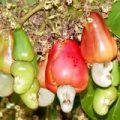Pechay (Brassica rapa L. cv group Pak Choi) is an erect, biennial herb, cultivated as an annual about 15-30 cm tall in vegetative stage. Ovate leaves are arranged spirally and spreading. The petioles are enlarged and grow upright forming a subcylindrical bundle. Inflorescence is a raceme with pale yellow flowers. Seeds are 1 mm in diameter and are reddish to blackish brown in color.

Uses
Pechay is used mainly for its immature, but fully expanded tender leaves. The succulent petioles are often the preferred part. It is used as main ingredient for soup and stir-fried dishes. In Chinese cuisine, its green petioles and leaves are also used as garnish.
Pechay Production Guide
Varieties
Black Behi; Hari Digma; Shin Kang
Gengis Khan; Shanhai No. 2
Climatic and Soil Requirements
Pechay can be grown from low to mid elevations throughout the year. Production is best, however, during the dry season in sandy to clay loam soil, with a pH of 5.5-6.5.
Planting
A1-ha production area requires kg seeds.
Pechay can either be sown directly in soil or transplanted. Direct seeding is carried out by broadcasting or by sowing in rows. Cover seeds to a depth of about 1 cm by raking or spreading additional topsoil. Water immediately after sowing. Plant spacing should be 10 cm between plants and 20 cm between rows.
If transplanted, sow seeds initially in seedbeds. Transplant seedlings 2-3 weeks after sowing at a distance of 10 cm between plants and 20 cm between rows. Transplant preferably in the afternoon and water immediately. Mulch with grass clippings or rice straw.
Fertilization
Apply seedlings with starter solution using urea (46-0-0) at the rate of 2 tbsp/gal of water. Side-dress along the rows at the rate of 1 tbsp/plant one week after transplanting.
Pest and Disease Management
Damping-off, soft rot and clubroot are the most important diseases of pechay, while diamondback moth and aphids are the major insect pests. Spraying hot pepper extract can control these pests. When seedlings begin to wilt, reduce watering immediately. Uproot and burn disease-infected plants to prevent spread of diseases. Cultivation is also necessary to minimize weeds.
Harvesting
Harvest as early as three weeks after planting or between 30-40 days after sowing. Harvest preferably in the afternoon to minimize postharvest losses.
Upon harvesting, wash the plants, trim old leaves and remove roots. Grade according to size and quality, and pack in strong rigid containers with holes at the sides to allow aeration. Pack with the base of the plant to the sides of the baskets. Maintain turgidity by lining the basket with paper.
Source: Pechay Production Guide Info Bulletin #161/2000 PCARRD – darfu4b.da.gov.ph







can you give me a production guidelines in determining the length / width of the leaves and number of leaves?
is a good guide about farmers
a good harvesting To food
a good source of excellent information for farmers and garden enthusiast